iv
CONTENTS
Acknowledgement……………………………………………………………………….i
ABSTRACT…………………………………………………………………………… ii
摘要……………………………………………………………………………………..iii
Chapter One Introduction ..............................................................................................1
1.1 Research Background ...............................................................................................................1
1.2 Research Objectives ................................................................................................................. 1
1.3 Significance of This Study ....................................................................................................... 2
1.4 Methodology and Data Collection in This Study .................................................................... 2
1.5 Organization of the Thesis ....................................................................................................... 3
Chapter Two Literature Review .................................................................................... 4
2.1 Etymology of Humor ............................................................................................................... 4
2.2 Definitions of Humor ............................................................................................................... 6
2.2.1 Dictionary Definitions ...................................................................................................6
2.2.2 Linguistic Definitions ....................................................................................................7
2.2.3 Working Definition of Humor in This Thesis ...............................................................9
2.3 Classifications of Humor ..........................................................................................................9
2.3.1 Koestler’ Classification ............................................................................................... 10
2.3.2 Martin Rod’s Classification ........................................................................................ 10
2.4 Classical Theories of Humor ..................................................................................................12
2.4.1 Superiority Theory ...................................................................................................... 13
2.4.2 Relief Theory ...............................................................................................................13
2.4.3 Incongruity Theory ......................................................................................................14
2.5 Modern Linguistic Theories of Humor .................................................................................. 14
2.5.1 The Semantic Script Theory of Humor .......................................................................15
2.5.2 The General Theory of Verbal Humor ........................................................................ 15
2.6 Summary ................................................................................................................................ 16
Chapter Three Theoretical Foundation ...................................................................... 17
3.1 Approaches to Humor .............................................................................................................17
3.2 Theoretical Foundation of the Thesis: CP ..............................................................................18
3.3 Data Description .....................................................................................................................21
3.3.1 Introduction of Sitcom ................................................................................................ 21
3.3.2 Description of My Own Swordsman ........................................................................... 22
3.3.3 Verbal Humor in My Own Swordsman ........................................................................23
3.4 Summary ................................................................................................................................ 26
Chapter Four Analysis of Humor in My Own Swordsman ........................................ 28
4.1 The Production of Humor ...................................................................................................... 28
4.1.1 The Generation of Amusement Humor .......................................................................28
4.1.2 The Generation of Conflict Humor .............................................................................29
4.1.3. The Generation of Self-Depreciation Humor ............................................................ 30
4.1.4 The Generation of Self-Defense Humor .....................................................................31
4.2 The Interpretation of Humor .................................................................................................. 32
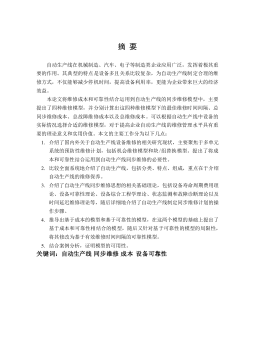
 2025-01-09 14
2025-01-09 14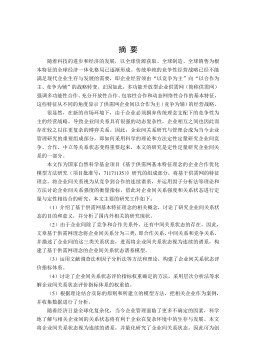
 2025-01-09 14
2025-01-09 14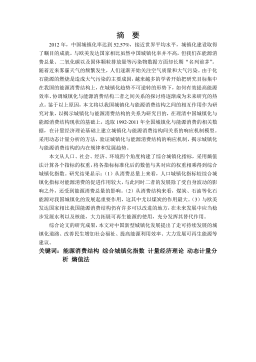
 2025-01-09 20
2025-01-09 20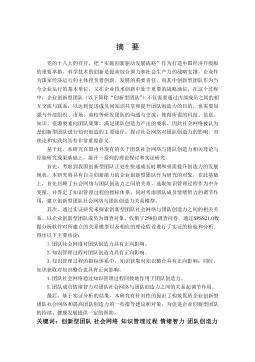
 2025-01-09 13
2025-01-09 13
 2025-01-09 15
2025-01-09 15
 2025-01-09 19
2025-01-09 19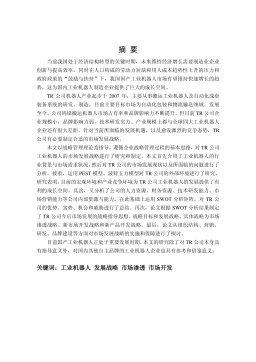
 2025-01-09 23
2025-01-09 23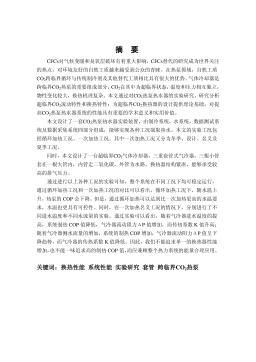
 2025-01-09 16
2025-01-09 16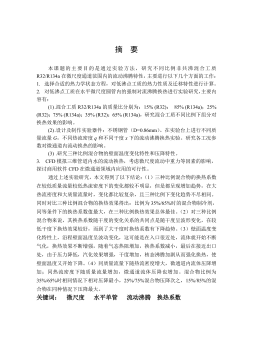
 2025-01-09 67
2025-01-09 67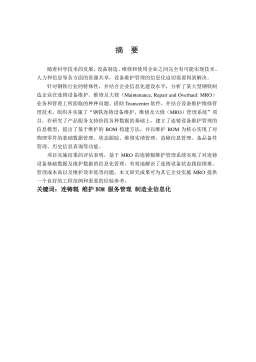
 2025-01-09 11
2025-01-09 11










